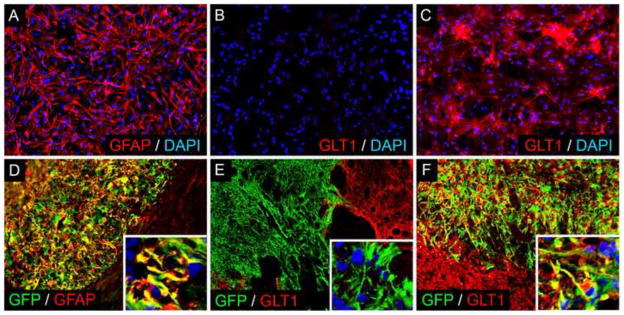Figure 2. Human iPS cell-derived astrocyte transplants safely integrate into the injured spinal cord.

Pluripotent iPS cells derived from non-diseased human donors were used to generate glial progenitors and subsequently GFAP-positive astrocytes (A) in vitro. In culture, these astrocytes normally do not express high levels of GLT1 (B). Viral overexpression results in significant GLT1 protein expression (C). Human iPS cell-derived astrocytes were then transplanted into a cervical contusion SCI model. Transplanted cells survive for at least 6 weeks in the injured cervical spinal of immunesuppressed rats (D–F), do not form tumors or show uncontrolled proliferation, differentiate into only GFAP-positive astrocytes (D), and do not localize to ectopic locations or differentiate into unexpected lineages. Similar to results in vitro, engineering these cells to overexpress GLT1 results in robust and persistent transporter expression in the injured spinal cord (F) compared to control unmodified transplants (E).
